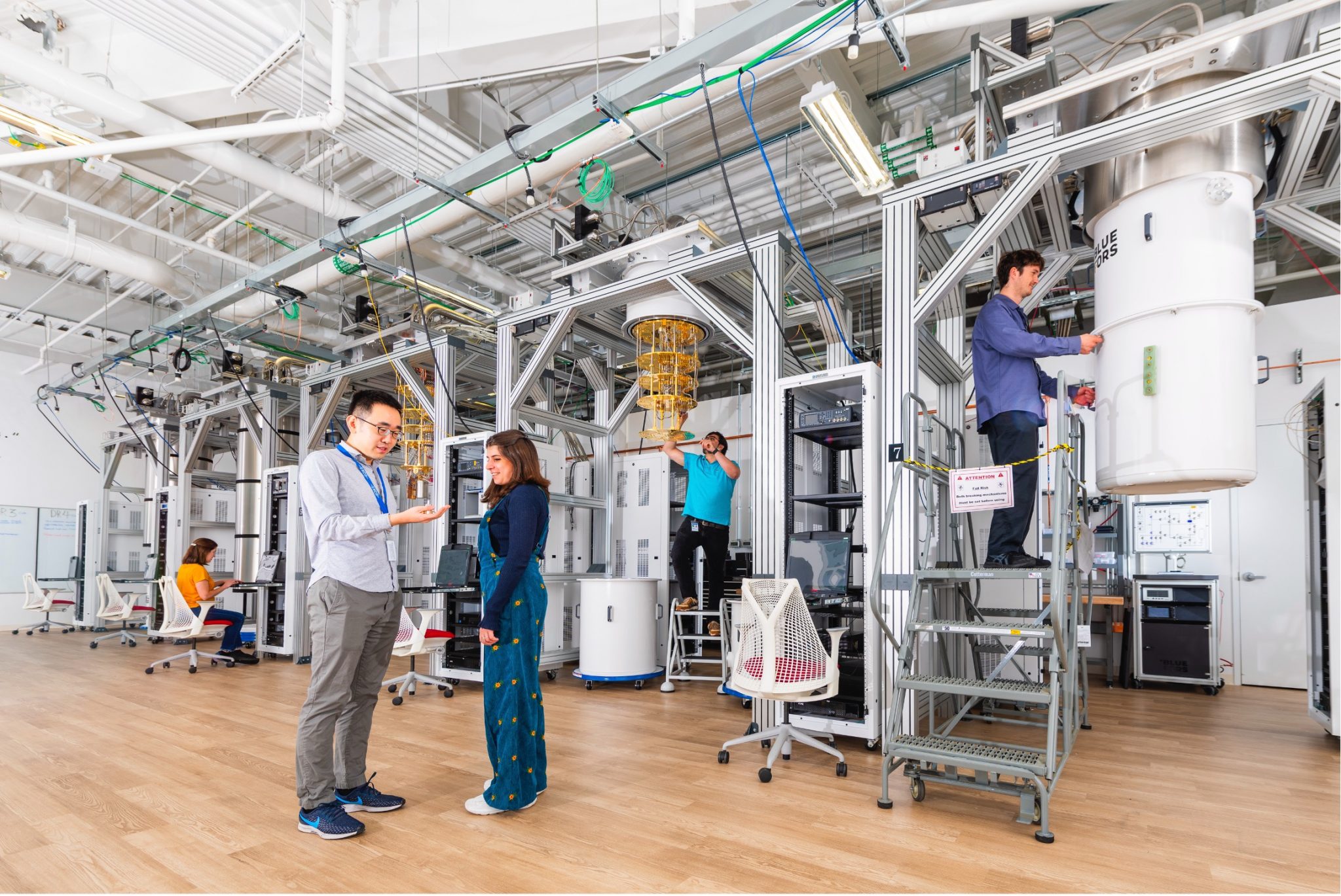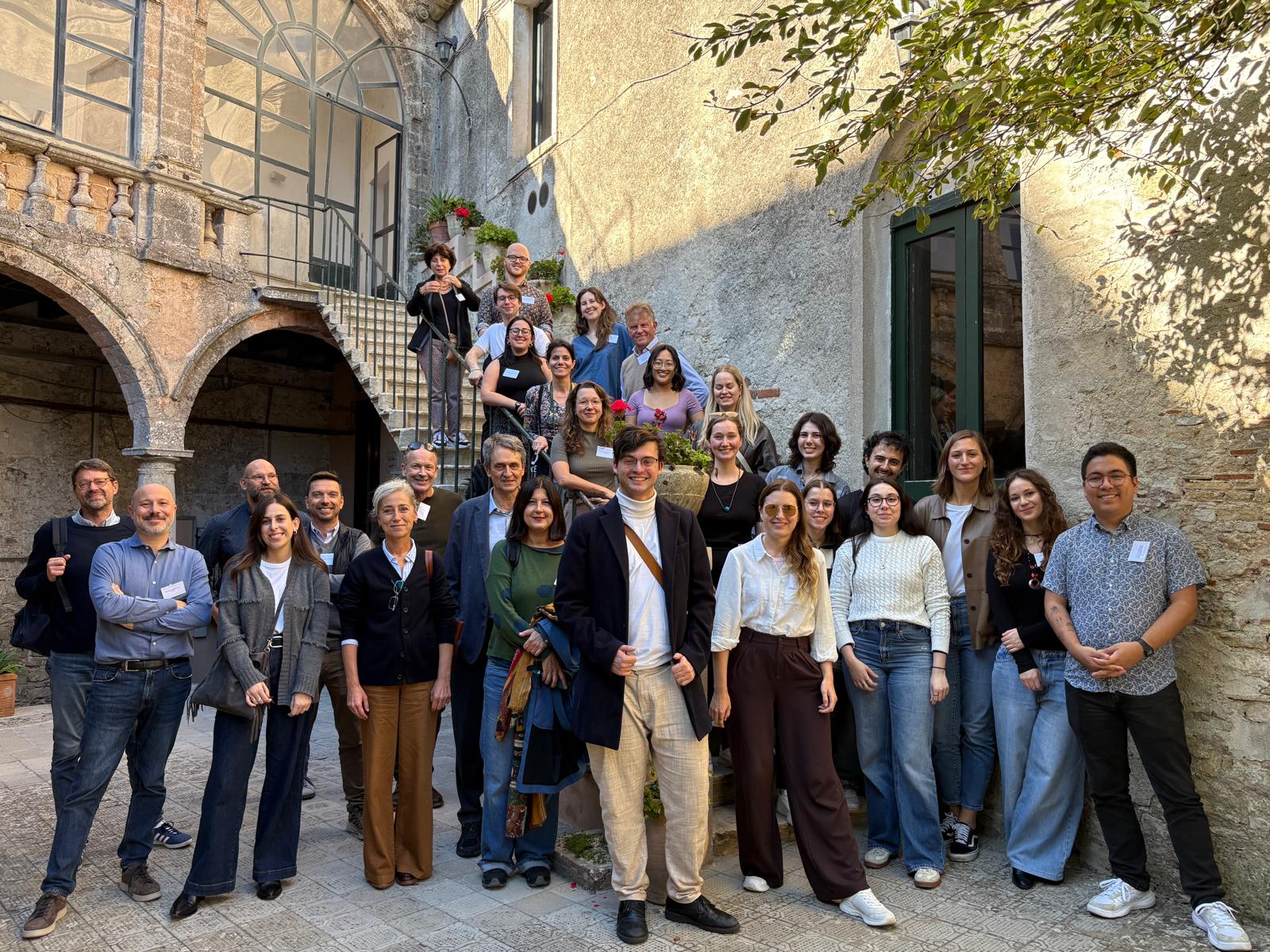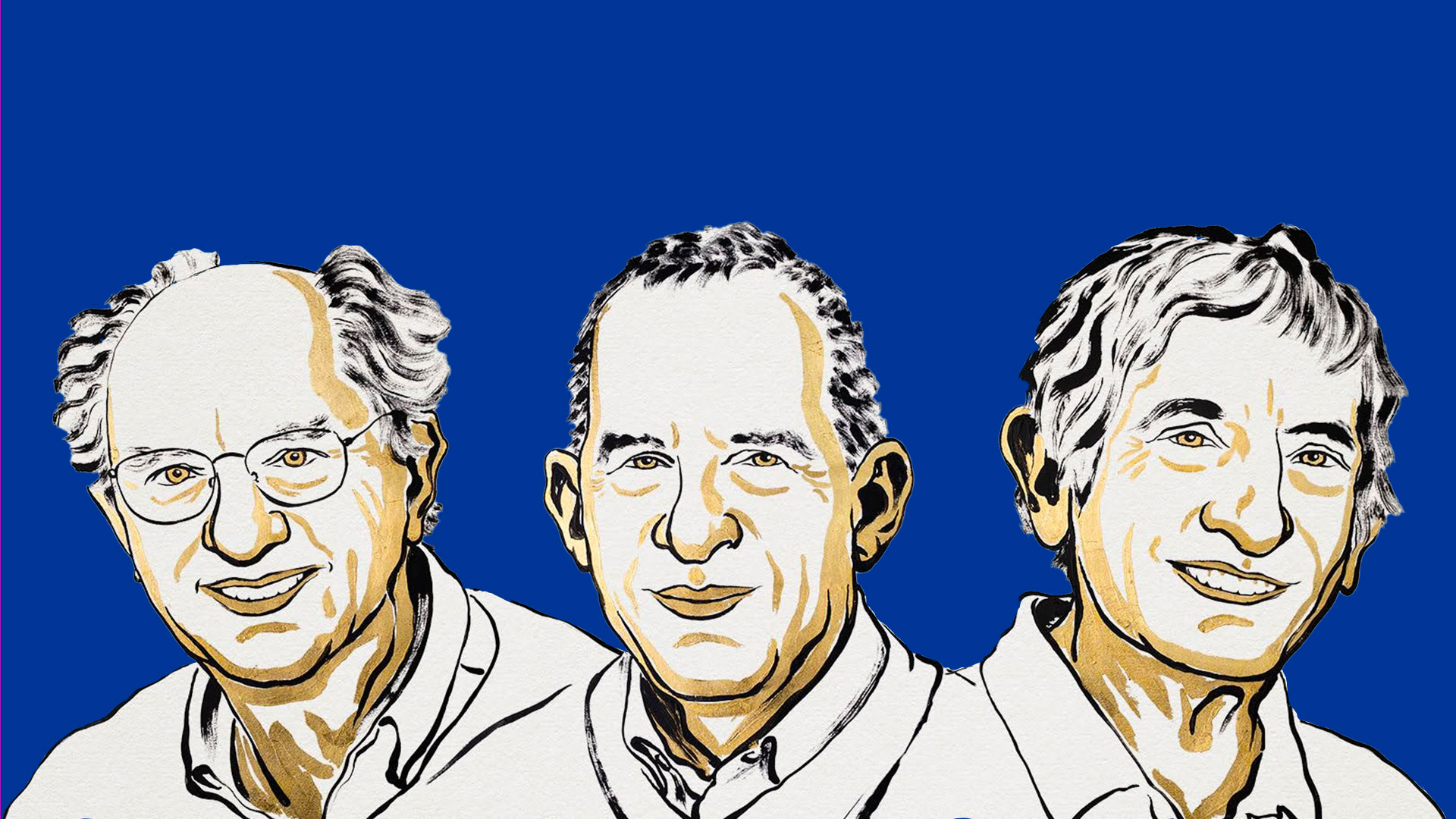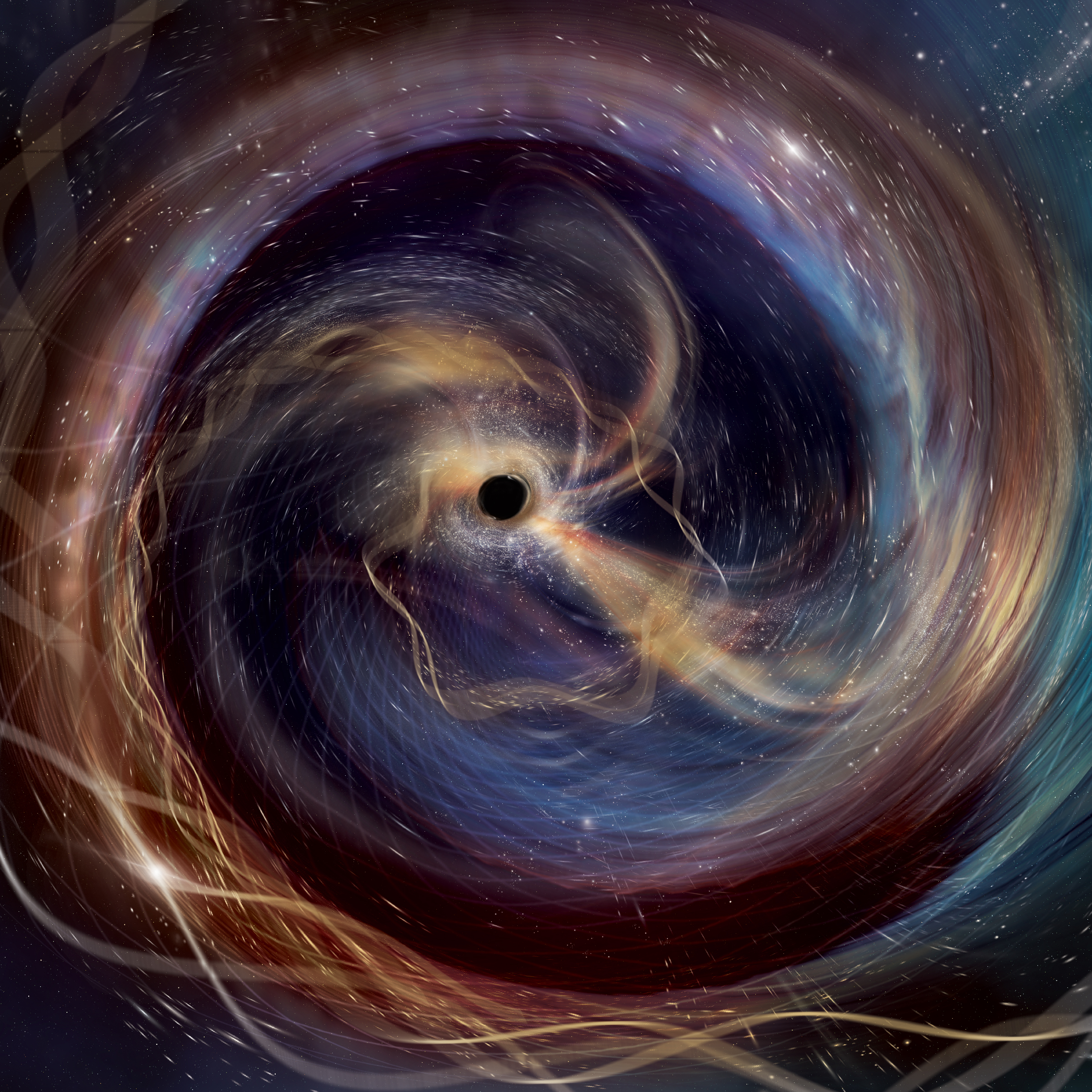The scientific collaborations behind the gravitational-wave detectors LIGO in the United States, Virgo, with INFN participation, in Italy, and KAGRA in Japan, are set to celebrate the tenth anniversary of the discovery of gravitational waves – which falls next Sunday, September 14 – with a major new scientific result. They have provided the experimental verification of a theorem, known as the black hole area theorem, formulated by Stephen Hawking in 1971, according to which, when two black holes merge, the total surface area of the final black hole cannot be smaller than the sum of the surface areas of the two original black holes. The result is presented in a paper published today, September 10, in Physical Review Letters.
When black holes merge, their masses combine, while some of their energy is released as gravitational waves. The merger process can also increase the spin of the final black hole, which would tend to reduce its area: thus, the validity of Hawking’s area theorem, which holds that despite these competing effects the total surface area of the final black hole must still grow, was by no means guaranteed, nor was its experimental verification, which required an exceptionally high level of sensitivity from the detectors.
The merger event that generated the gravitational-wave signal dubbed GW250114, through which Hawking’s theorem has been verified, closely resembles the event that in 2015 produced the signal GW150914, the one that marked the discovery of gravitational waves. Both involved colliding black holes about 1.3 billion light-years from Earth, with masses between 30 and 40 times that of our Sun. The difference is that today, thanks to ten years of technological progress that has significantly reduced instrumental noise, GW250114 was recorded with such clarity that it provided the strongest observational evidence yet for Hawking’s black hole area theorem, and can be considered the sharpest signal ever detected.
Researchers at LIGO, Virgo and KAGRA analysed the frequencies of the gravitational waves emitted during the merger: essentially, they “listened” to the entire process of the two black holes merging, managing to measure with precision the details of the so-called ringdown phase, when the final black hole vibrates like a struck bell. This enabled them to calculate the mass and spin of the final black hole, and thereby determine its surface area. The two original black holes had a combined surface area of 240,000 square kilometres (roughly the size of the United Kingdom), while the final black hole’s area was about 400,000 square kilometres (almost the size of Sweden).
This marks the second test of the black hole area theorem: the first test was carried out in 2021 using the data from the GW150914 signal, however, as those data were less clear, the results had a confidence level of 95%, compared with the 99.999% confidence achieved with the new data.
In the study published today, researchers have also, for the first time, securely identified two distinct modes of gravitational waves in the ringdown phase. These modes are akin to the characteristic tones of a struck bell: they have similar frequencies but fade at different rates, making them hard to distinguish. Thanks to the clarity of the GW250114 signal, the LIGO, Virgo and KAGRA collaborations succeeded in isolating these modes, confirming that the black hole’s ringdown occurred exactly as predicted by mathematical models. Following the first formulation of the theorem, Stephen Hawking, together with Jacob Bekenstein, concluded that the area of a black hole is proportional to its entropy, or degree of disorder. This work paved the way for subsequent studies in quantum gravity, which seeks to reconcile the two still-ununified pillars of modern physics: general relativity and quantum mechanics.
For the first time, the precise shape of the orbit during the approach of the two black holes has also been measured, confirming that their motion was consistent with a nearly circular orbit, as predicted by theory. This innovative analysis was made possible thanks to gravitational waveform models describing elliptical motion, developed independently at the Albert Einstein Institute (Potsdam) and by the Virgo-INFN group in Turin. “The analysis, conducted by Jacob Lange, a postdoctoral researcher in my group, is the first of its kind”, explains Alessandro Nagar, researcher at INFN Turin division. “Thanks to the computational techniques developed by Jacob, we were able to complete it within the very tight timeframes required”.
Nobel Laureate Kip Thorne, recalling how Hawking phoned him shortly after the discovery of gravitational waves to ask whether LIGO could test his black hole area theorem, commented: “If Hawking was still alive, he would certainly have been very pleased to see that the data from signal GW250114 confirm his prediction”.






